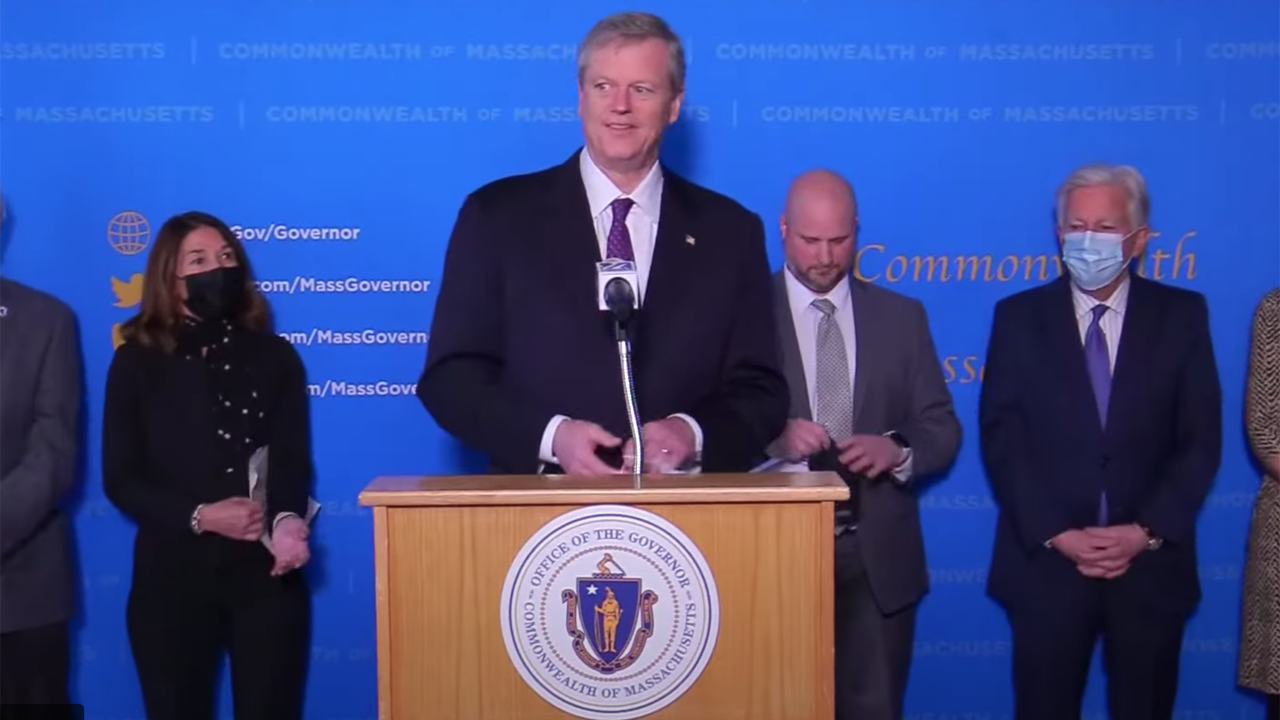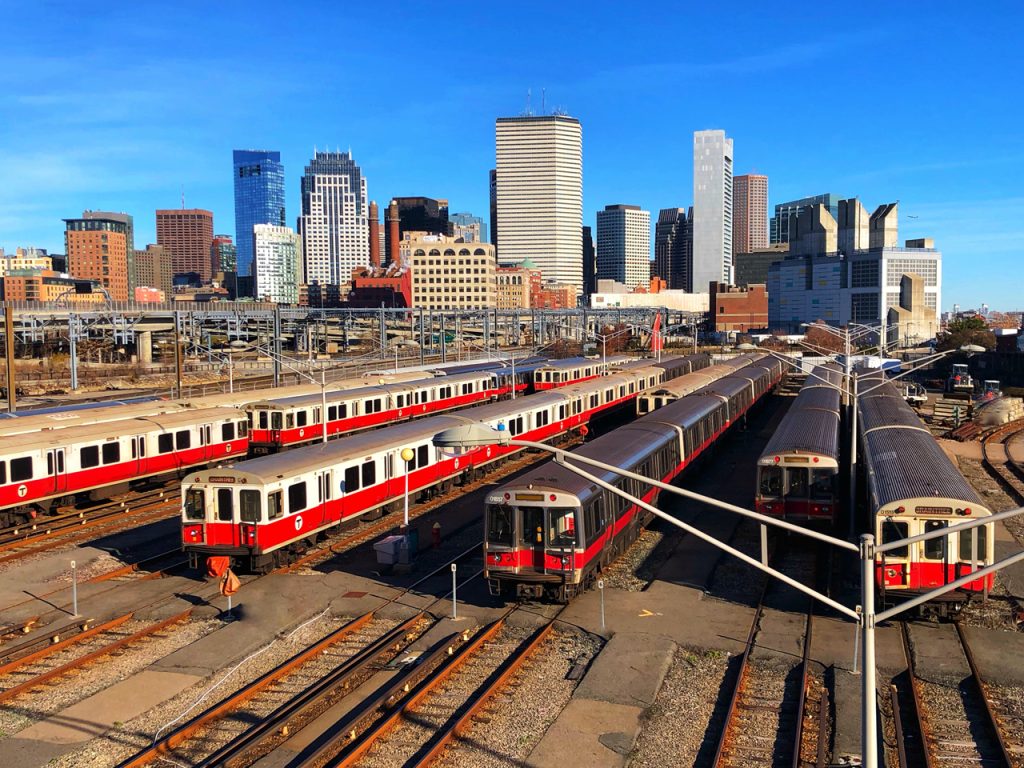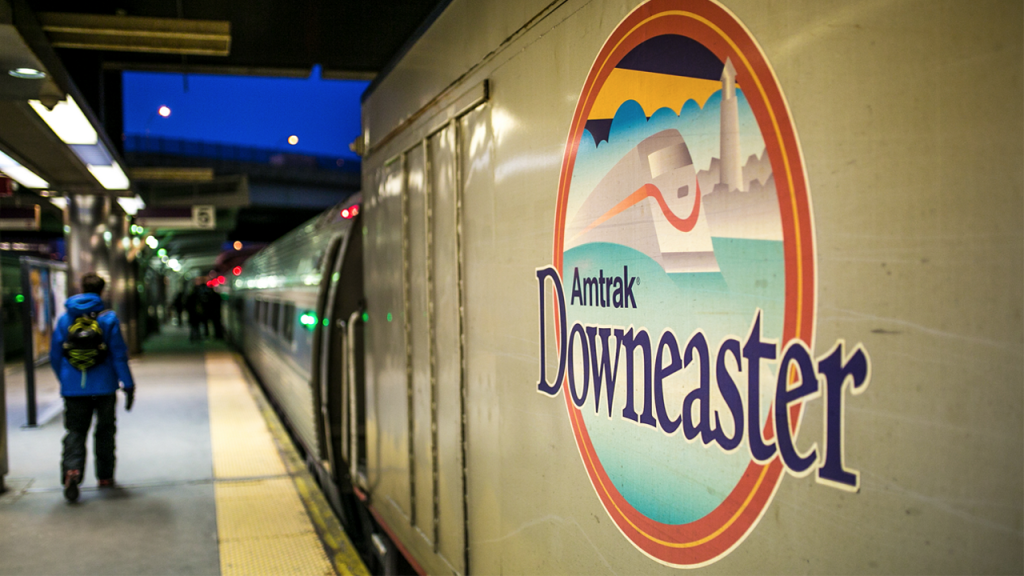
Massachusetts Governor Outlines BIL Funding Plans
Written by Marybeth Luczak, Executive Editor
Massachusetts Gov. Charlie Baker
Massachusetts Gov. Charlie Baker on Feb. 3 reported initial plans for using the $9.5 billion in federal funding the commonwealth is expected receive over the next five years through the recently passed Bipartisan Infrastructure Law (BIL).
Here is the BIL funding breakdown: $5.4 billion in highway formula funds; $2.2 billion in MBTA (Massachusetts Bay Transportation Authority) formula funds; $591 million in Regional Transit Authority (RTA) formula funds; and $1.4 billion in both formula and discretionary funds for environmental work.
Following are the public transportation and rail projects expected to be covered.
Regional Transit Authorities
The estimated formula federal aid will be used to fund operating and capital needs for the RTAs, according to the Governor’s Office. Projects include:
• $41.7 million for facility and system modernization.
• $80.9 million for facility and vehicle maintenance.
• $50.5 million for fleet upgrades.
• $10.4 million for replacement facilities.
• $96.3 million for vehicle replacement.
Additionally, the Massachusetts Department of Transportation (MassDOT) expects RTAs to apply for $103.7 million in discretionary federal assistance. “Through the annual 5-year Capital Investment Plan and Transportation Improvement Program development process, MassDOT Transit and the RTAs will evaluate and prioritize investments to be made with the additional BIL funding and available state matching resources,” the Governor’s Office reported.

MBTA
Of the $2.2 billion expected for MBTA, $1.6 billion will go toward already-programmed projects and $580 million to new projects.
“As programmed in the current STIP [State Transportation Improvement Program], the MBTA plans to invest $2 billion, including state and MBTA matching funds, over the next five years in a variety of projects including vehicles, signal upgrades and station and facility improvements,” the Governor’s Office reported. These projects are:
• $852 million for vehicles, including the Green Line 10 Rail Fleet Replacement project and 80 battery-electric buses.
• $412 million for stations and facilities, including the Quincy Bus Facility and Codman Yard Expansion projects.
• $295 million for bridges and tunnels, including the Dorchester Avenue Bridge and the Norfolk and East Cottage Street Bridges.
• $428 million for signal and system upgrades, including Red and Orange Line Signals and Green Line Train Protection projects.
“Through the annual 5-year Capital Investment Plan and Transportation Improvement Program development process, the MBTA is currently reviewing options for investing the $580 million in the BIL’s additional formula funding,” the Governor’s Office reported. “The MBTA expects that most of these funds will go to State of Good Repair projects including funding for projects that are currently only partially paid for in the existing STIP.”
MBTA is also “developing a strategy for reviewing and competing for discretionary funding opportunities,” according to the Governor’s Office. “Projects for which such funding might be sought could include, but are not limited to: bus electrification, dedicated bus lanes, Core Capacity-eligible investments, the Arborway Bus Facility, station accessibility improvements, reconstruction of the Southwest Corridor portion of the Orange Line, double-tracking commuter rail lines, commuter rail electrification early action investments, commuter rail additional vehicle replacements to reduce the MBTA’s carbon footprint, and drawbridge replacements.”

Rail
The BIL includes $66 billion to address the Amtrak maintenance backlog, modernize the Northeast Corridor, expand intercity rail service, and make improvements to the freight rail system. The funding will be allocated this way: $22 billion directly to Amtrak and through multiple competitive grant programs; $24 billion as federal-state partnership grants for Northeast Corridor modernization; $12 billion for partnership grants for intercity rail service; $5 billion for the Consolidated Rail Infrastructure and Safety Improvements (CRISI) Program; and $3 billion for a new Railroad Crossing Elimination Program.
“Given productive negotiations with CSX to enable increased passenger service, the commonwealth intends to work with Amtrak to compete for funds to invest in service improvements between Springfield and Worcester as an initial step to expand service between Boston and Albany,” the Governor’s Office reported.
Federal funding, both formula and discretionary, requires state matching funds, and the increased amounts provided by the BIL will require additional state resources, which the Baker Administration will begin to seek with the filing of a new Transportation Bond Bill in the coming weeks, according to the Governor’s Office.


